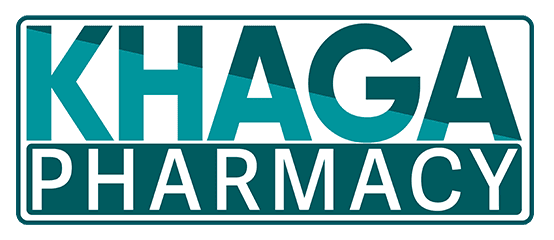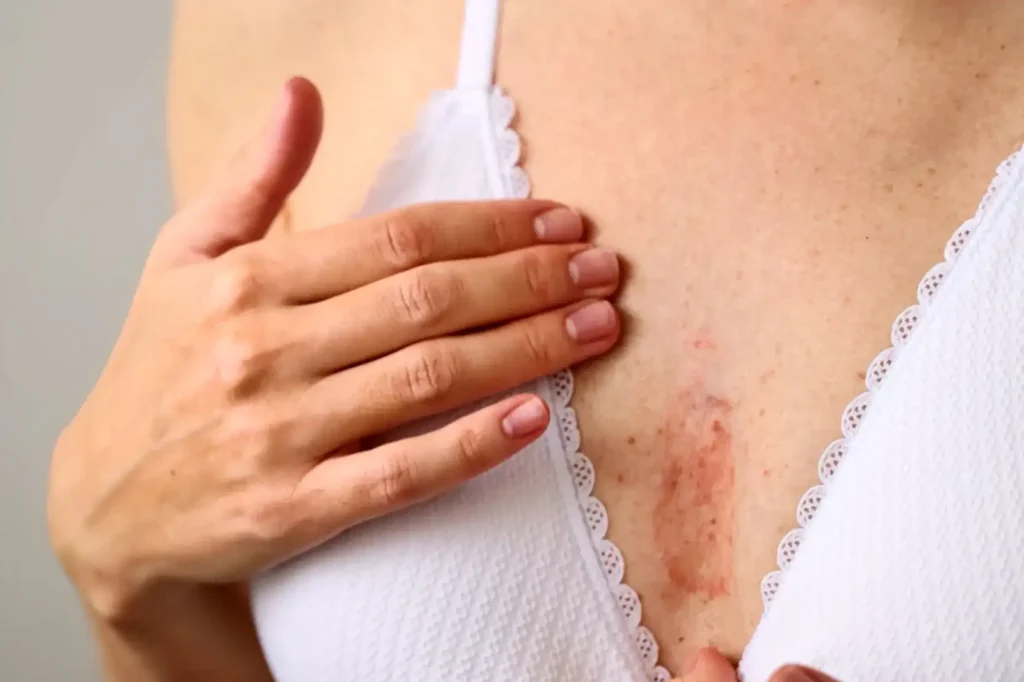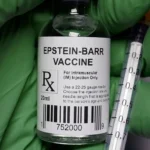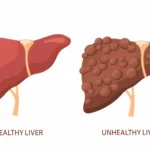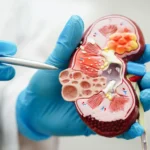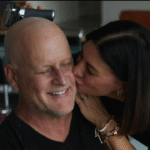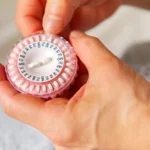Learn why it’s often mistaken for infections and how to distinguish it early. With real expertise and a clear, conversational tone, this post helps you recognize the signs early and seek timely medical help. Early action can save lives. Perfect for patients, caregivers, and health bloggers seeking accurate, trustworthy insights on IBC rash.
Introduction to Inflammatory Breast Cancer Rash:
Inflammatory breast cancer rash is a fast-growing, aggressive form of breast cancer that often starts with redness, swelling, and skin changes rather than a lump. If you’re here because you’ve noticed unusual redness, swelling, or a rash-like appearance on your breast, you’re not alone and you’re absolutely right to be concerned. Many people overlook these early symptoms, assuming it’s just an infection or a skin irritation. But inflammatory breast cancer (IBC) presents differently than typical breast cancers. It’s rare, but it’s one of the most aggressive forms, and early detection can save lives.
Unlike traditional breast cancer, inflammatory breast cancer doesn’t usually start with a lump. Instead, it causes the skin of the breast to look red, swollen, warm, and often dimpled like an orange peel (peau d’orange). That’s why this condition is often misdiagnosed as a rash, allergic reaction, or mastitis, especially in its early stages. Understanding what sets IBC apart from other breast conditions is crucial for timely diagnosis and treatment.
IBC can progress rapidly within weeks. That’s why early detection and immediate treatment are crucial.
What Is an Inflammatory Breast Cancer Rash:
An inflammatory breast cancer rash is not a typical rash caused by allergies or skin irritation. Instead, it’s a visual manifestation of cancer cells blocking lymphatic vessels in the skin of the breast. This blockage causes the breast to become red, swollen, and warm to the touch. Unlike common breast cancer, there may be no lump, making it harder to detect during routine self-exams.
The skin changes are often sudden and progressive. Within a few weeks, the redness may cover a third or more of the breast, and the skin may begin to appear thickened, itchy, or pitted. This “rash” is often mistaken for an infection, like mastitis, especially in younger women or those who are breastfeeding. But the key difference is that IBC doesn’t improve with antibiotics, which is a crucial red flag.

Common Symptoms of Inflammatory Breast Cancer Rash:
The symptoms of inflammatory breast cancer can appear quickly and worsen within days or weeks. If you notice any combination of these symptoms, seek medical attention immediately. Early-stage IBC can be mistaken for a simple rash or infection, but it progresses far faster than typical skin conditions.
- Persistent redness or pink discoloration on the breast
- Swelling or sudden increase in breast size
- Skin thickening or dimpling (peau d’orange)
- Warmth or burning sensation
- Itching or tenderness
- Flattening or inversion of the nipple
- Swollen lymph nodes under the arm or collarbone
How Is Inflammatory Breast Cancer Rash Diagnosed:
Because inflammatory breast cancer mimics benign conditions, doctors often misdiagnose it at first. If your symptoms don’t respond to antibiotics within a week or two, it’s vital to request further investigation. Remember: IBC doesn’t form a distinct lump in most cases, so imaging alone may not be enough. A biopsy is essential for an accurate diagnosis.
- Mammogram and breast ultrasound
- MRI for more detailed imaging
- Skin or tissue biopsy, which is the definitive method for diagnosis
- PET or CT scan to check for metastasis
What Causes Inflammatory Breast Cancer:
While the exact cause of IBC isn’t fully understood, it starts when cancer cells invade and block lymphatic vessels in the skin of the breast. This lymphatic obstruction causes the rapid onset of inflammation and the characteristic rash. Inflammatory breast cancer is not caused by infection or trauma, even though it may appear similar to infections like mastitis.
Risk factors may include:
- Genetics or family history of aggressive breast cancers
- Obesity
- Being female (though it can occur in men, it’s extremely rare)
- Younger age than typical breast cancer (IBC often affects women under 40)
Treatment Options for Inflammatory Breast Cancer:
Because IBC is aggressive, treatment must begin as soon as possible. IBC is often diagnosed at Stage III or IV, meaning it may have already spread to nearby lymph nodes or beyond. However, survival rates improve significantly with fast, aggressive treatment.
- Chemotherapy – Usually the first line of treatment to shrink the cancer.
- Surgery (mastectomy) – Removal of the affected breast and possibly lymph nodes.
- Radiation therapy – To eliminate any remaining cancer cells.
- Targeted therapy or hormone therapy, if the cancer cells have specific receptors.
When to See a Doctor About a Breast Rash:
If you’ve had a red, swollen, or irritated area on your breast for more than a few days and it’s not getting better with standard treatments like antibiotics, see a specialist. Inflammatory breast cancer can escalate quickly weeks can make a difference in prognosis.
- Covers more than one-third of your breast
- Causes dimpling or pitting
- Is accompanied by sudden changes in breast size or nipple shape
FAQ
Most frequent questions and answers
No, not always. But if the rash doesn’t go away with treatment, or it spreads quickly, it could indicate inflammatory breast cancer.
IBC can progress rapidly within weeks. That’s why early detection and immediate treatment are crucial.
While IBC is aggressive, early and aggressive treatment can significantly improve survival rates and outcomes.
Conclusion:
This aggressive disease often mimics less serious conditions, making awareness crucial. In conclusion, recognizing an inflammatory breast cancer rash early can make a life-saving difference. If you notice unexplained redness, swelling, or skin changes on your breast that don’t improve, don’t wait seek medical attention immediately. Trust your instincts, push for answers, and prioritize your health. The more we understand the signs of inflammatory breast cancer rash, the better our chances of catching it early and treating it effectively.
